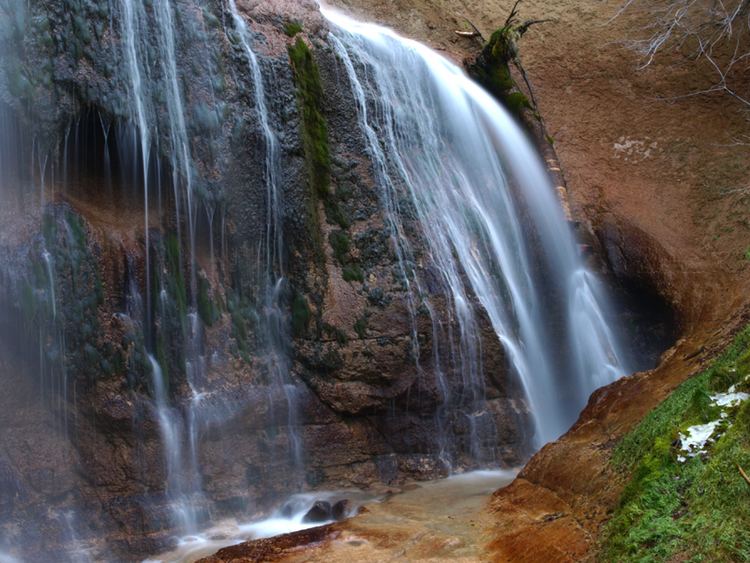Type Cascade Height 19 m | Total height 63 feet (19 m) | |
 | ||
Location Cherry County, Nebraska Management Nebraska Game and Parks Commission Similar Niobrara National Scenic Ri, Fort Niobrara National, Niobrara State Park, Bryan Bridge, Brewer Bridge | ||
Smith falls valentine nebraska refreshing
Smith Falls, at 63 feet (19 m), is the highest waterfall in the state of Nebraska. Located 18 miles (29 km) east of Valentine, the falls is part of Smith Falls State Park and is adjacent to the Niobrara National Scenic River. The 252-acre (102 ha) state park was established by the Nebraska Game and Parks Commission in 1992. In 1996, the historic Verdigris bridge was moved to its present site spanning the Niobrara River to provide more convenient public access.
Contents
- Smith falls valentine nebraska refreshing
- Map of Smith Falls Valentine NE USA
- Smith falls nebraska
- Natural historyEdit
- Activities and amenitiesEdit
- References
Map of Smith Falls, Valentine, NE, USA
Smith falls nebraska
Natural historyEdit
The falls are on a short spring-fed stream that plunges into a small canyon on the south side of the Niobrara. As the canyon is narrow and sheltered from direct sunlight, it is much cooler than the surrounding landscape; this allows a unique set of flora to grow that is atypical for the Sand Hills of Nebraska. The canyon is home to paper birch and an endemic hybrid grove of quaking aspen and bigtooth aspen.
During the Wisconsin glaciation that ended around 10,000 years ago, north-central Nebraska was much cooler than it is today. The ice age climate supported boreal forest trees like birches, spruces, and aspens, all of which currently predominate in Canada. As the glaciers retreated, so did the boreal forest, which is ill-suited for hot, dry summers. However, the cool canyons along the Niobrara sheltered some of these trees.
The spruce trees did not survive in Nebraska; the nearest extant population is in the Black Hills of South Dakota. A small population of paper birches and aspens survive, protected by the cool microclimates of the small canyons that feed into the Niobrara River. The continued survival of these trees is threatened by warming temperatures. The paper birch population around Smith Falls is not currently reproducing, and may soon die out.
Activities and amenitiesEdit
Smith Falls State Park offers tent camping, canoeing, fishing, hiking, and picnicking facilities.
